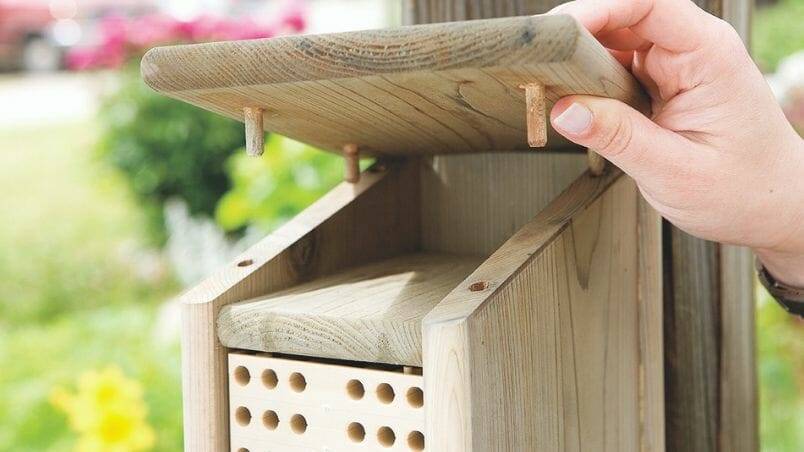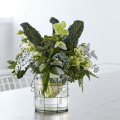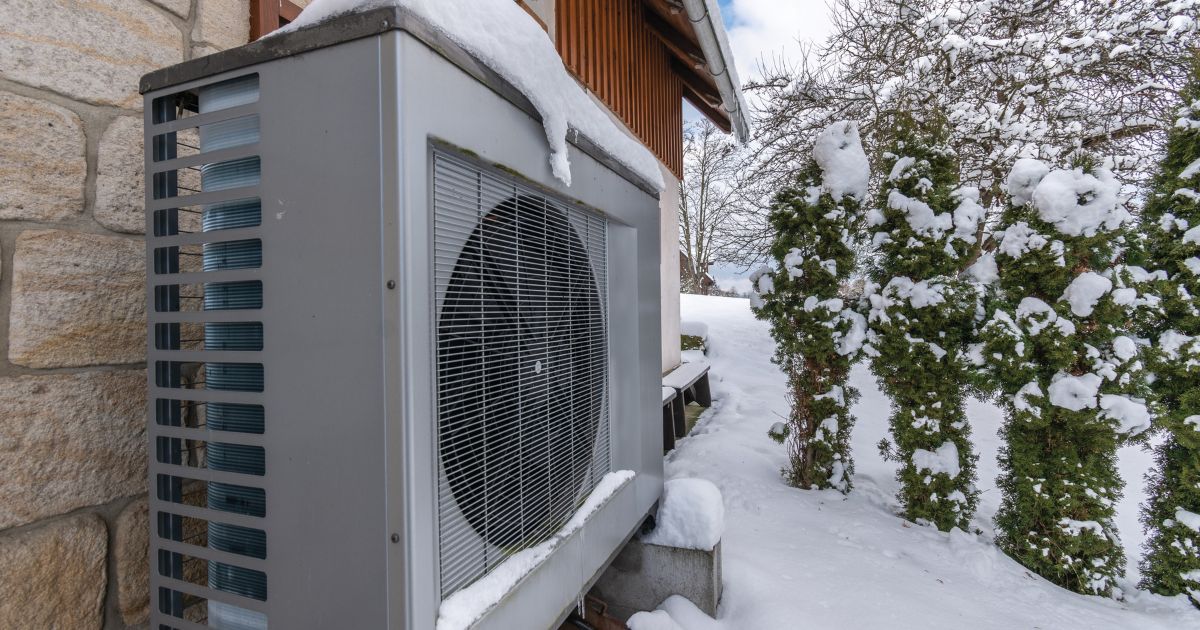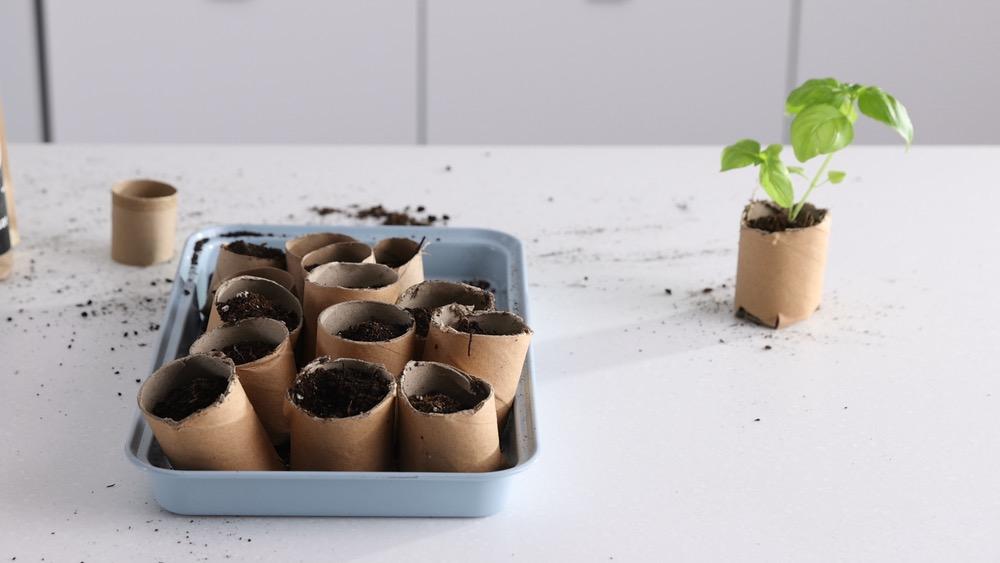Thirty years ago, my wife, Mary, and I cut through a rusty, tumbledown wire fence surrounding an old hay field and began turning a 90-acre piece of farmland and forest into the home of our dreams. Gardens and orchards were part of that vision, but with them have come unexpected benefits. As perennial flowers, hedges and trees have grown and matured, new birds and animals have moved in, along with plenty of beneficial insects. Bees are my favourite. The more, the better. That’s why I’ve built special accommodations for a little-known pollinating superstar called the mason bee.
As populations of other pollinating insects decline across Canada, mason bees hold the greatest promise for maintaining and enhancing the health of gardens and orchards. Supply a little accommodation and they thrive.
Attracting Native Mason Bees
Mason bees get their name from a mortar-like mud compound they make and use to seal tube-shaped holes where females lay eggs. Lack of suitable nesting holes can be a limiting factor in mason bee populations, and that’s where a good bee box comes in. Although mason bees happily lay eggs into any 5/16” diameter holes drilled into wood, this arrangement isn’t ideal. The problem is pollen feeding mites. They build up after several years use, eating the pollen meant for growing larva. Building your bee box to use maintainable plastic trays is the answer. I got mine from www.beediverse.com. The nesting trays slide in and out of the wooden house for annual cleaning, while also being protected from the weather. The sloped roof is also removable, and includes a compartment underneath to put mason bee cocoons for supplemental springtime hatching.
You’ll need plastic nesting trays to make these bee boxes, and it’s best to get them before you begin work. This way you’ll be able to test the size and shape of your wooden parts as you make them. I used 5/8”-thick eastern white cedar for my boxes, roughly the standard thickness of fence boards these days. If your material is a little thicker or thinner, no matter. The design works the same without need for much modification.
Materials You Will Need
Part Size (T x W x L*) Quantity
Sides 5/8” x 6 3/8” x 12 3/4” 2
Back 5/8” x 5 3/8” x 13” 1
Bottom/inner top 5/8” x 3 9/16” x 6 1/8” 2
Top 5/8” x 6” x 7 7/8” 1
All wooden parts made from white or red cedar
*Length indicates grain direction
Workshop Buzz
Start by cutting the sides, back and bottom slightly larger than the finished size. You could trim these parts now and put them together with square edges, but I opted to rout a little-used rounded profile to create an optional effect I find quite attractive. While you could leave the edges of bee box parts square, I milled all exposed edges with a 1”-diameter bullnose bit in a table-mounted router. This puts a part-circle profile on the wood that’s classier than more conventional full-round shapes. This works out most efficiently if you rout all the edges you can, trim parts to final size (except the sides and back; leave them long for now), then rout any remaining edges. As you work, test fit box parts around your nesting trays. Make sure there’s enough clearance around the trays so you can pull them out freely. And don’t forget, your wood will swell when it gets wet outdoors, so build in a little extra clearance around the trays.
Use weatherproof glue (I went with polyurethane but Titebond III is an excellent choice, too) and stainless steel nails to join one side piece to the back. Next, add the bottom and inner top followed by the second side. At this stage you should have completed the main body of the bee box, except that it’s too long on top. It’s not sloped yet, either.
I angled the top of my bee box to shed water by sawing it 15º from square on my sliding compound mitre saw as an assembled unit. The 12”-diameter blade almost cut through the entire assembly, but not quite; I sawed the last remaining bit of wood by hand. If you have a smaller mitre saw (or none at all), angle the top ends of the sides and back before assembly.
Regardless of how you do the work, be sure the front edge of the sides rise 1/4” higher than the top surface of the inner top. This extension creates a gap under the front of the roof that allows newly hatched mason bees to emerge after hatching from the top chamber, if you decide to use it.
Cut the bee box top to length and width, glue 1/4” dowels into holes on its bottom surface, then create matching, unglued holes in the top edges of the sides. These protruding dowels hold the lid in place, yet allow the top to come off easily when you need to get into the brood chamber. The plans show all details.
Leave the wood bare or finish it with a non-toxic outdoor finish, then mount the bee box on a post or tree using a couple of deck screws driven through the back. An east-facing location warms the bees quickest in the morning, encouraging them to get an early start pollinating your fruits and vegetables while filling your garden with a pleasant humming sound.
Steve Maxwell and his wife Mary live on a 90-acre modern homestead on Manitoulin Island, Ontario in a stone house they built with local materials beginning in 1985. Steve is Canada’s longest-running home improvement and how-to columnist and editor of Home and Property. He divides his time working on the land, building things large and small, and creating articles and how-to videos that teach sustainable, self-reliant, hands-on living skills.















